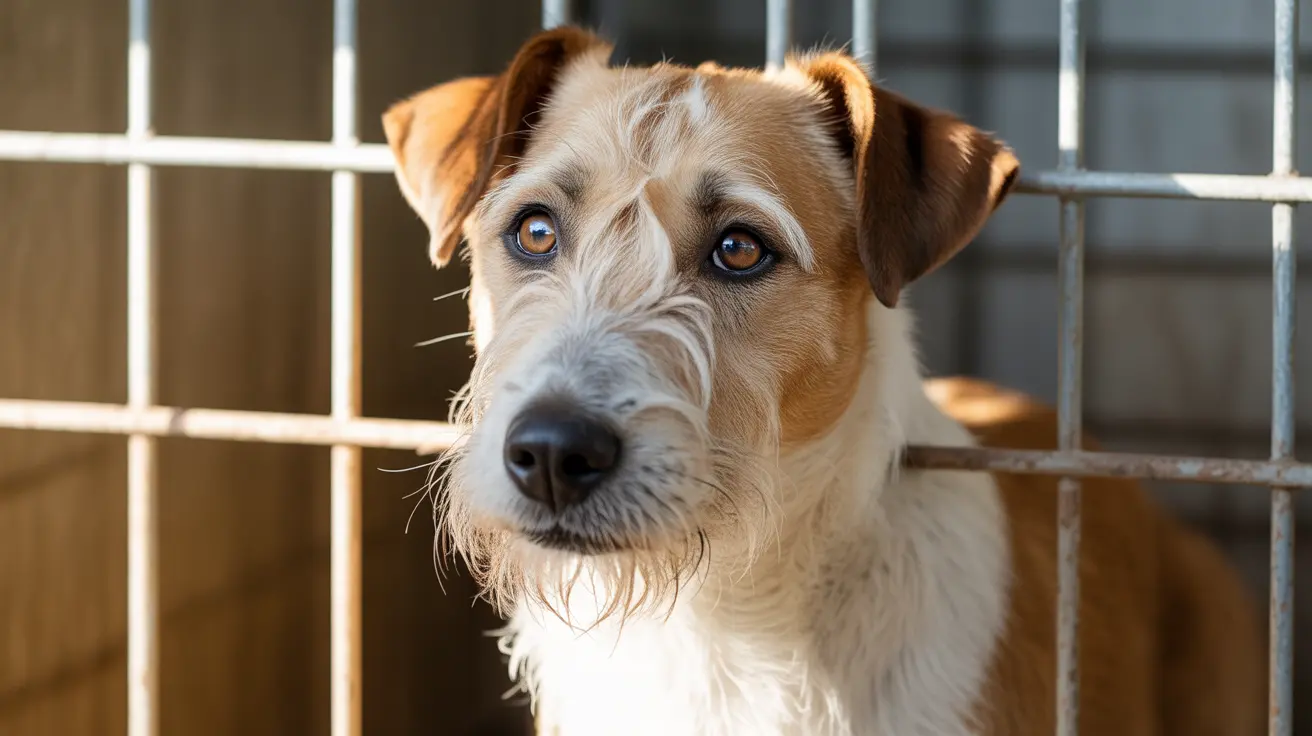How Dogs Say "I Love You" Without Words
Dogs are incredibly expressive animals, and while they might not use human language, they certainly know how to communicate powerful emotions like love and affection. When you're wondering how your canine companion shows their love, you need only pay attention to their behavior. Here's how to interpret the ways dogs say "I love you"—in their own language.
Understanding Canine Body Language
Dogs rely heavily on body language to communicate. Unlike humans, they cannot say 'I love you' with words, but they exhibit this emotion through subtle and overt physical cues. Some key signs include:
- Eye Contact: A dog who loves you will maintain soft, relaxed eye contact. This gaze releases oxytocin, the bonding hormone, in both dogs and humans.
- Leaning On You: Dogs that physically lean on their humans are seeking comfort and connection. It’s their way of hugging you.
- Tail Wagging: A happy, loose wag—especially when accompanied by a wiggling body—is a clear sign of love and affection.
- Licking: Dogs lick to groom, bond, and show affection. Gentle licks are like canine kisses.
- Following You Around: Loyal companions often shadow their loved ones. This behavior shows trust and a deep emotional bond.
- Bringing You Their Favorite Toy: When a dog presents you with a beloved toy, it’s a sign they see you as part of their pack and want to share their joy.
Behavioral Affection
Love in dogs is expressed through consistent behavioral patterns. If your dog does the following, they're likely demonstrating affection:
- Excited Greetings: Whether you've been away for minutes or hours, an enthusiastic welcome indicates emotional attachment.
- Sleeping Near You: A dog that chooses your bed or sleeps curled next to you is showing vulnerability and trust.
- Protective Behavior: Dogs often stand between their loved ones and perceived threats, displaying protective loyalty.
- Sighing and Relaxing Around You: A content sigh when lying nearby signals a dog feels safe and happy with you.
How to Say "I Love You" Back
Understanding your dog’s ways of showing love can deepen your bond. Here’s how you can communicate love back:
- Gentle Touch: Regular petting, especially ear rubs and belly scratches, fosters connection.
- Eye Contact: Return a soft gaze during quiet moments.
- Talk to Them: Dogs recognize tone over words. Use a calm, affectionate tone when speaking.
- Respect Their Space: Pay attention to cues that your dog needs space or quiet time.
- Routine and Security: Maintain regular walks, meals, and affection—dogs thrive on consistency.
Science Behind the Bond
Research shows that dogs and humans share a deep emotional connection. A 2015 study found that levels of the hormone oxytocin increase in both dogs and their owners when they gaze into each other's eyes. This mutual hormone boost mirrors what happens between human parents and infants, underscoring that the human-dog bond is deeply rooted in biology.
Conclusion
Your dog may not whisper sweet words, but through tail wags, snuggles, and soulful eyes, they say "I love you" every day. By learning to interpret their language, you can not only feel more connected but also reassure your furry friend that your love is mutual.





